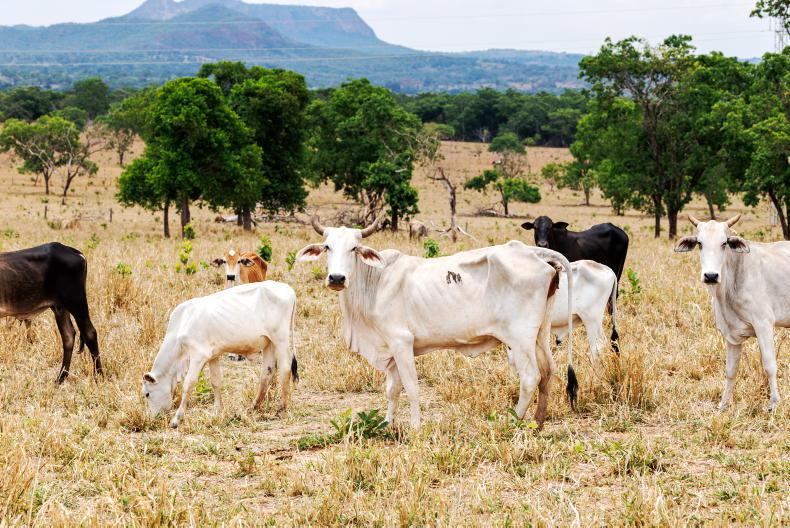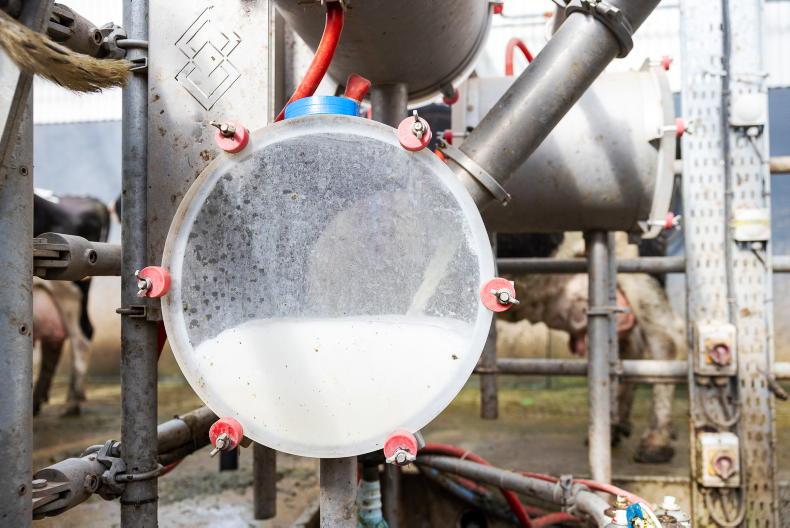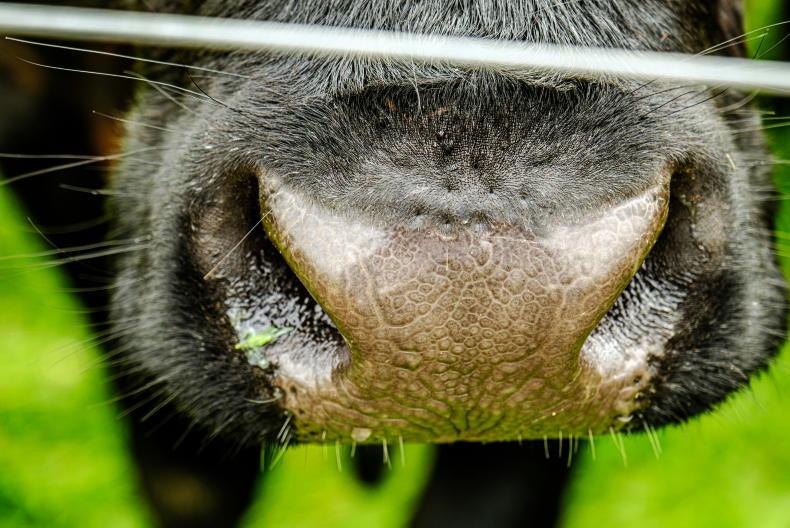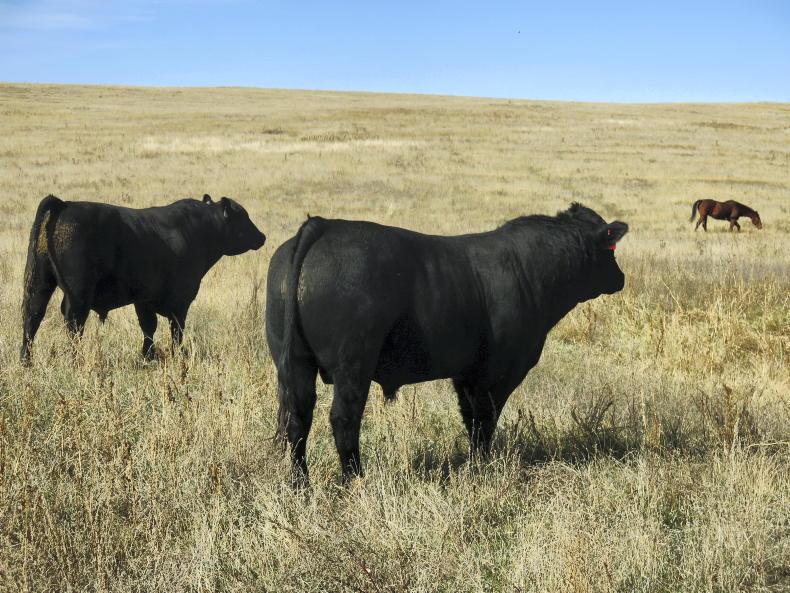US cow cull figures have hit a 35-year high, with the numbers slaughtered in January topping 270,000 head.
Late January slaughter rates were 7% higher than the same week in 2022, as lower milk prices saw farmers offload stock.
Culling rates of these proportions have not been seen in the US dairy sector since the mid-1980s and the US Department of Agriculture (USDA) is projecting that this trend is likely to continue through the spring.
“Based on slaughter data through early March 2023 and the outlook for dairy and beef producers moving forward, the projection for cow slaughter is raised in 2023,” the USDA’s latest market outlook stated.
Growth fears
The higher cow cull is expected to curtail growth in overall US milk production this year, with any increases likely to flow from stronger milk yields.
Although total US dairy herd stood at 9,417,000 in February – up from 9,405,000 in January – overall numbers are well back on 2021 levels when the herd reached almost 9.5m head.
Increased cow culling is generally indicative of tighter margins in the dairy sector.
US milk prices have taken a hit on the back of weaker demand for commodities, particularly cheese. Average milk prices are expected to equate to around 43-44c/l.
With dairy analysts reporting excess milk in the market and processing plants at capacity, a recovery in milk prices is not expected in the short term.
Export forecast
The weakness of the US domestic dairy market is forecast to result in reduced exports.
This is potentially a positive development for Irish dairy exports.
Rabobank has forecast that European supply growth will also slow to 1% in the second quarter – back from 1.2% in the first quarter – and that prices for butter and cheese should bottom out as a consequence.
The Dutch-based lender contends that a partial recovery in milk prices is possible during the second half of the year, but that is dependent on improved demand.










SHARING OPTIONS